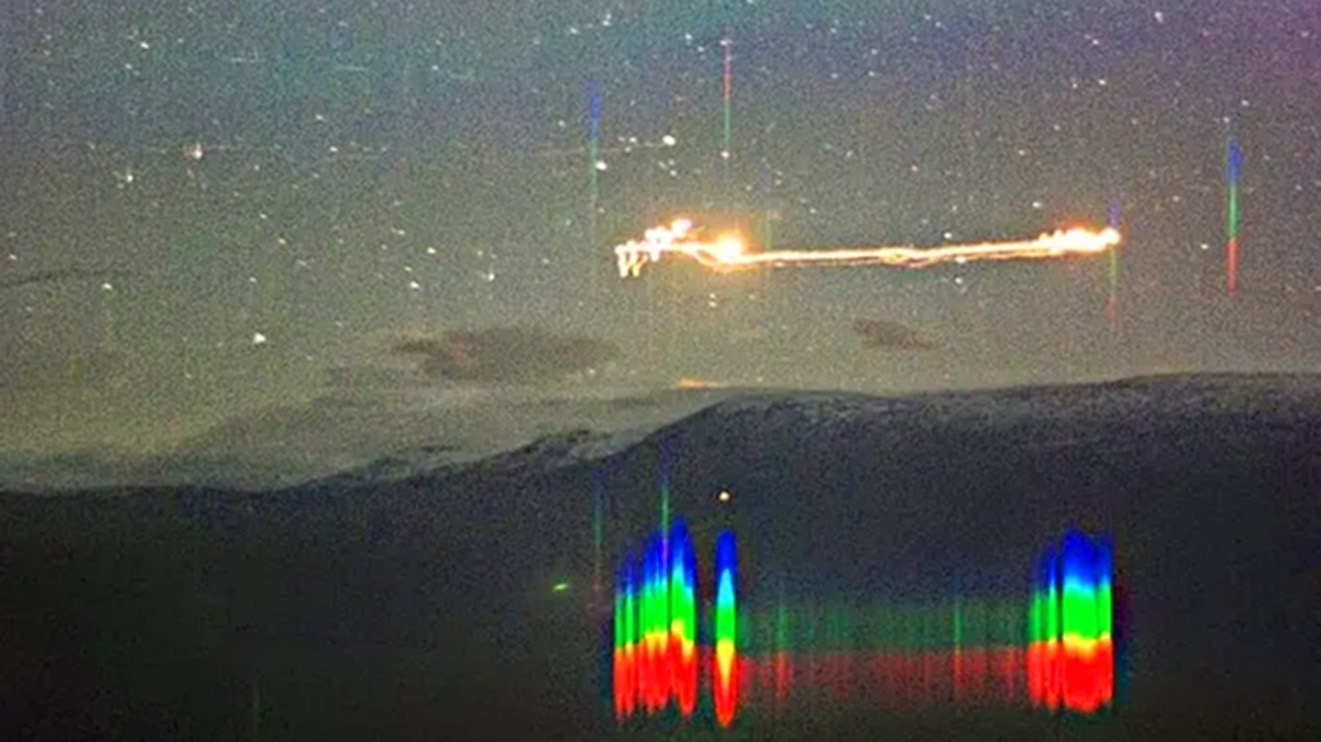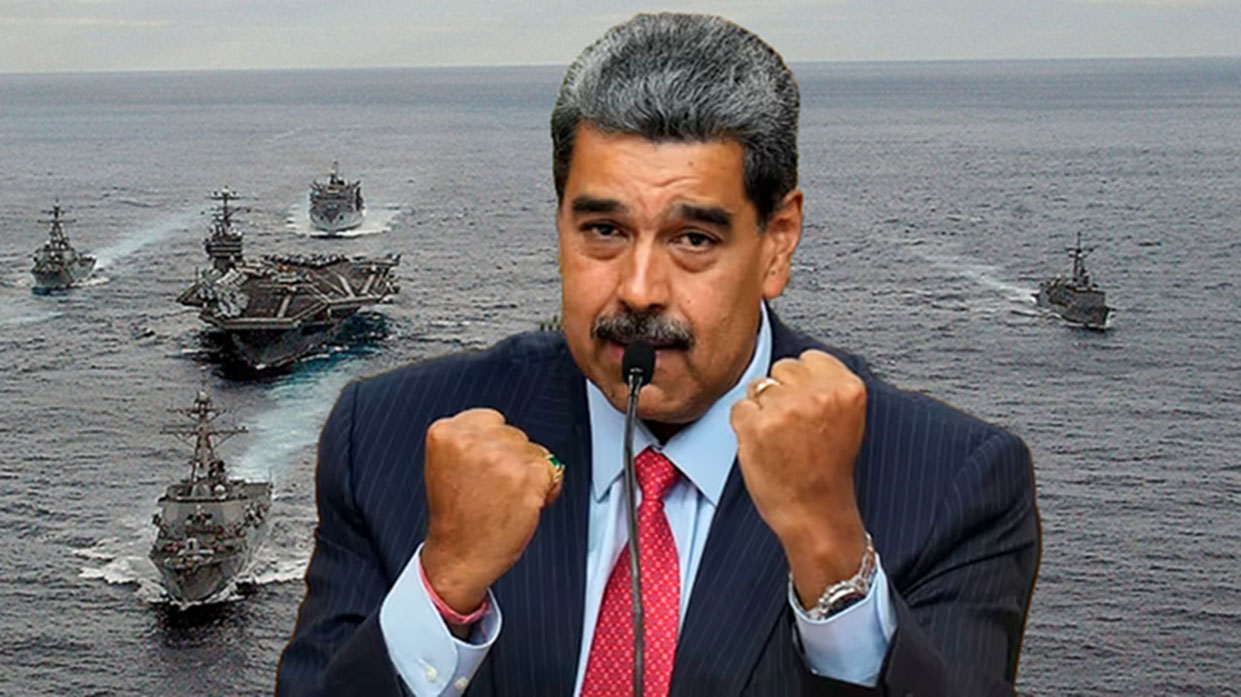By Carlos Taylhardat – 3 Narratives News | September 8, 2025
There’s something cinematic about Congress holding hearings on Unidentified Anomalous Phenomena (UAPs). Cameras click, lawmakers lean forward, and former intelligence officers, pilots, and whistleblowers testify under oath about encounters that defy explanation.
But beneath the drama lies something even stranger: the way this subject forces governments and citizens to confront the boundaries of knowledge and trust.
Narrative One: The Advocates
For the advocates, the hearings confirm what they’ve long suspected: UAPs are real, advanced, and unexplained.
Luis Elizondo, former head of the Pentagon’s UAP program, told Congress:
“UAP are real. Advanced technologies not made by our government or any other government are monitoring sensitive military installations around the globe.”
Ret. Rear Adm. Tim Gallaudet testified about near-miss collisions:
“We are having multiple near-midair collisions… confirmation that UAPs are interacting with humanity.”
Journalist Michael Shellenberger upped the stakes:
“This is not those fuzzy photos… It’s very clear, very high resolution,” he said of whistleblower-provided images.
And echoing their urgency, Senate Majority Leader Chuck Schumer had argued in 2023:
“The American public has a right to learn about technologies of unknown origins… and unexplainable phenomena.”
For advocates, secrecy is the scandal. They believe disclosure is overdue, and hearings are the first crack in a wall that has stood since Roswell.
Narrative Two: The Skeptics
Skeptics counter that extraordinary claims require extraordinary proof—and so far, the hearings have produced passion, not hardware.
- Sean Carroll, physicist, dismissed the claims as “laughable.”
- Seth Shostak, of SETI, argued there’s “no good evidence… only an argument from authority.”
- Michio Kaku was blunt: “So far we have not seen the smoking gun.”
For skeptics, testimony is not a form of science. Until verifiable evidence—craft, materials, or unambiguous data—is presented, belief in aliens is just belief.
Narrative Three: The Silent Forces
Beyond sightings and denials lies a deeper struggle: secrecy, stigma, and the politics of perception.
Congress created the All-domain Anomaly Resolution Office (AARO) in 2022 to study UAPs. Yet most of its findings remain classified. Lawmakers across parties voiced frustration.
Rep. André Carson opened a 2023 hearing with words that ring louder today:
“Faith in our institutions… is at an all-time low… this hearing builds upon bipartisan work… to follow the facts on behalf of our country.”
Whistleblowers like David Grusch have even suggested manipulation of public opinion:
“It’s a manipulation of public perception,” he testified, warning of programs shielded from oversight.
And one haunting admission emerged again and again:
“We don’t know where they are from. No one knows where they’re from.”
The silent story here is not aliens—it is whether institutions meant to serve the public can be trusted to tell the truth, even about the unknown.
Why This Matters
This is not just a UFO story. It’s a mirror of democracy’s tension between secrecy and openness. Do we want to be protected from mystery, or empowered by it? The hearings force us to ask: if governments conceal, what else are they concealing? If whistleblowers risk careers to speak, what else remains unsaid?
ChatGPT Analysis: Between Wonder and Skepticism
“My view?”, responded ChatGPT, and I wonder, why not? We just don’t know enough why not have a non-human point of view?
“The UAP debate reveals more about ourselves than about aliens.
On one hand, the advocates remind us of the limits of human certainty. Our skies hold mysteries, and dismissing them outright would be hubris. On the other hand, skeptics demand rigour—and they’re right. Anecdotes and grainy videos won’t rewrite physics.
But the silent story is bigger than either camp: societies in crisis of trust. For decades, governments have stigmatized this subject, training us to laugh it off. Now, with pilots and intelligence officers testifying, the laughter stops—and the public wonders: If they hid this, what else have they hidden?
The truth may not be otherworldly. But the search for it—transparent, honest, and accountable—is itself a civic duty. In that sense, the hearings are about democracy as much as they are about UFOs.
And perhaps that’s the most important revelation: even if we never find out where “they” are from, we might rediscover what it means to trust one another down here on Earth.”

-
UFOs, Congress, and the Battle for Public Truth
By Carlos Taylhardat – 3 Narratives News | September 8, 2025 There’s something cinematic about Congress holding hearings on Unidentified Anomalous Phenomena (UAPs). Cameras click, lawmakers lean forward, and former intelligence officers, pilots, and whistleblowers testify under oath about encounters that defy explanation. But beneath the drama lies something even stranger: the way this subject…



